- News
- Reviews
- Bikes
- Accessories
- Accessories - misc
- Computer mounts
- Bags
- Bar ends
- Bike bags & cases
- Bottle cages
- Bottles
- Cameras
- Car racks
- Child seats
- Computers
- Glasses
- GPS units
- Helmets
- Lights - front
- Lights - rear
- Lights - sets
- Locks
- Mirrors
- Mudguards
- Racks
- Pumps & CO2 inflators
- Puncture kits
- Reflectives
- Smart watches
- Stands and racks
- Trailers
- Clothing
- Components
- Bar tape & grips
- Bottom brackets
- Brake & gear cables
- Brake & STI levers
- Brake pads & spares
- Brakes
- Cassettes & freewheels
- Chains
- Chainsets & chainrings
- Derailleurs - front
- Derailleurs - rear
- Forks
- Gear levers & shifters
- Groupsets
- Handlebars & extensions
- Headsets
- Hubs
- Inner tubes
- Pedals
- Quick releases & skewers
- Saddles
- Seatposts
- Stems
- Wheels
- Tyres
- Health, fitness and nutrition
- Tools and workshop
- Miscellaneous
- Cross country mountain bikes
- Tubeless valves
- Buyers Guides
- Features
- Forum
- Recommends
- Podcast
review
£16.00
VERDICT:
Powerful enough and frugal rear light, but best as a contingency/secondary unit
Weight:
18g
Contact:
At road.cc every product is thoroughly tested for as long as it takes to get a proper insight into how well it works. Our reviewers are experienced cyclists that we trust to be objective. While we strive to ensure that opinions expressed are backed up by facts, reviews are by their nature an informed opinion, not a definitive verdict. We don't intentionally try to break anything (except locks) but we do try to look for weak points in any design. The overall score is not just an average of the other scores: it reflects both a product's function and value – with value determined by how a product compares with items of similar spec, quality, and price.
What the road.cc scores meanGood scores are more common than bad, because fortunately good products are more common than bad.
- Exceptional
- Excellent
- Very Good
- Good
- Quite good
- Average
- Not so good
- Poor
- Bad
- Appalling
Despite its compact design, the ETC Mira 20 Lumen COB rear light is more intense than figures would suggest. It's arguably perfect for extended playtimes on the best bike and general riding, though I'd pair it with a larger, dome type rear light if regularly riding along unlit roads.
- Pros: Compact, more powerful than figures suggest, user-friendly and fast charging
- Cons: Limited peripheral presence, no memory function
That intense light is courtesy of the COB technology, meaning more diodes can be pressed into a given space. The Mira has 15 within its 41x33x23mm cube – dimensions that should please the most clutterphobic of riders.
A positive centre-mounted switch promises to be more durable than the lens-as-switch type, while remaining user-friendly when wearing winter weight gloves. It's easily located yet not too readily engaged. Powering up requires a sustained two-second press; once engaged, double presses switch between constant, flashing and pulsing, and a single press (regardless of mode) cycles through high, medium and low.
Theoretically, the lens delivers a 180-degree beam, while the connection between back and mount angles the light at a slant.
The simple yet very effective 'ladder' type mount is designed to accommodate seatposts between 31.8 and 25.4mm. Pencil-thin seatstays are non-starters. I've also managed to achieve leech-like tenure to some helmets and luggage. However, you'll need to mount it to lids upside down, otherwise the beam will be projected skywards.
A moot point thus far, but other ladder patterns also seem compatible should you lose the original.
Output
There are nine settings to choose from: high, medium and low, with three modes for each – constant, flashing and pulsing.
The brightest 20-lumen mode isn't quite a daylight mode on bright, sunny rides, but when it's been overcast, friends reckoned they could pick the light out from 30-40 metres (pulsing and flashing).
At dusk, and along semi-rural and rural roads, we're talking 70 metres – closer to 100 on a clear to moderate night.
> Buyer's Guide: 17 of the best rear lights for cycling
Around 10 or possibly 15 lumens is as bright as suburban stretches generally call for. In my experience, distinctive patterns are more significant than firepower per se. Medium seems the sweet spot through the suburbs and semi-rural contexts.
Again, friends driving cars reckoned I appeared on their radar at 40 metres, although consensus suggests the relatively flat profile is peripherally poor compared with dome-shaped lenses, despite the 180-degree beam projection. Used as my only source of rear light, this was quite apparent, particularly when tackling roundabouts.
Otherwise, medium is assertive rather than aggressive, so shouldn't prove retina-tickling at close quarters or in slow-moving traffic.
However, it is a bit overkill for town centres. Low is a better bet, striking a good balance of power and economy, and holds its own despite competing illuminations. It's also bang on for group rides, where there's safety in numbers and anything too bright risks chastisement/ostracism.
Run solo, flashing is where it's at, although I've found pulsing quite useful when combined with a steady, dynamo-powered light on longer night rides. Low flashing combined with a steady 15 or 20-lumen main light proved a good contrast, conserving more juice while still keeping me suitably conspicuous. Even when the Mira was seatstay-mounted, the combination was obvious at around 35 metres, further on very clear nights.
Riding at rush hour, I've switched the Mira to my helmet. Running it on medium flash and leaving the larger, bike-mounted counterpart in steady proved very effective, particularly when tackling roundabouts or joining the flow of traffic.
The lowest pulsing mode also sips reserves, which is great for touring and endurance events, and when paired with a dynamo – particularly those with a charge port. Talking of which...
Charging and battery life
Charging is via the ubiquitous micro-USB cable. From the mains, it'll go from flat to full in the 1.5 hours cited – add another 15-20 minutes if fuelling from 5V accessory ports/laptops and so on. Either way, charging is refreshingly swift.
Fully juiced, the 3.7V 500mA lithium-ion cell is reckoned to offer between 1.4 and 21.7 hours. These days, most seem pretty faithful to manufacturer cited times, allowing for battery degeneration, extremes of temperature and so on. Ours has returned 1hr 12mins (3 minutes shy of the cited time) in the highest steady mode; medium flashing has returned just under 8 hours from a full charge, and low gave over 21 hours. That's pretty frugal, and practical enough for most commuting/general riding needs – especially given the quick charging times.
My one minor gripe in this respect is that the ETC doesn't give any visual clues, such as an intermittent flash, when reserves drop to a certain point. It will simply switch off.
Build quality
Gnerally, build quality is above average.
In terms of weather resistance we're talking IPX5: 'Survive small water jets projected by a 6.3mm nozzle at any angle. The testing lasts for 15min and the volume of water is 12.5 l/min.' Essentially, fine for road riding, especially with mudguards.
Ours has survived torrential downpours and close-range ticklings from the garden hose without missing a beat. That said, its charge port cover wasn't the most precise fit, so I treated it to a precautionary lick of silicone grease.
Value
Prices have been falling and performance rising in recent years, and competition is stiff. Oxford's Ultratorch Slimline R50 Rear Led boasts a maximum of 50 lumens for £17.99. I've used the Oxford for extended periods and would rate it above the Mira if you needed a single rear light that covered most bases.
I've also had good longterm experiences with Moon's Gemini rear light. Admittedly, it's a little dearer at £18.99, but I've found the peripheral bite better than the Mira around town.
Moon's Alcor rear light comes in at £15.99 and looks as if it will give the Mira a good run for your hard earned.
Conclusion
The ETC Mira is a good compact contingency light for when dusk can suddenly strike, or as a companion to a dynamo/dome type blinkie. It lacks the dome type's peripheral punch, though, so wouldn't be my sole rear light.
Verdict
Powerful enough and frugal rear light, but best as a contingency/secondary unit
road.cc test report
Make and model: ETC Mira 20 Lumen Rear Light
Size tested: 20 Lumen
Tell us what the light is for, and who it's aimed at. What do the manufacturers say about it? How does that compare to your own feelings about it?
ETC is very matter of fact, going straight to the specification. In my view, it's a very bright, compact rear light. However, peripheral punch is less potent, so wouldn't be my only source of rear lighting for regular night riding.
Tell us some more about the technical aspects of the light?
ETC lists:
Overview:
20 Lumen Rear Light
Light source: COB
Lumious Flux: 20 lumen
Beam: 180°
Waterproof: IPX5
Battery: 3.7V 500mA
USB Rechargeable
Charging Time: 1.5
Burntime: 1.4 - 21.7 hours
Product Size: 41 x 33 x 23mm
Weight: 34g
And under specification:
More Information
Brands ETC
Colour Black
Series High Power
Bulb COB LED
Battery(s) Included Yes
Battery 3.7V 500mAh
Charge Time (Hours) 1.5
Fitment Silicon
Output (Lumens) 20
Power Plug Type USB
Rechargeable Yes
Run Time (Hours) 1.4hrs > 21.7hrs
Colour Black
Rate the light for quality of construction:
6/10
Fairly solid. The charge port cover wasn't the most precise fit, so benefited from a lick of silicone grease. Otherwise, no problems with the elements to date.
Rate the light for design and ease of use. How simple was the light to use?
7/10
Simple centre-mounted switch just the right side of positive. Easily operated wearing full finger gloves but hasn't powered up in a pocket, or wedge pack.
Rate the light for the design and usability of the clamping system/s
7/10
Simple ladder type design with enough scope to cater for seatposts between 25.4 and 31.8mm. It will also entertain some seatstays and other patterns of strap, too.
Rate the light for waterproofing. How did it stand up to the elements?
6/10
It's rated IPX5 and had no problems with very wet, silty roads and heavy rain. Left in situ while rinsing bikes down, there's been no obvious sign of ingress. That said, the charge port cover wasn't the most precise fit, so I gave it a quick lick of silicone grease.
Rate the light for battery life. How long did it last? How long did it take to recharge?
8/10
Very quick charging and run-times are reasonably favourable, relative to the output.
Rate the light for performance:
6/10
Ample modes and strong, rearward projection, though less impressive peripherally.
Rate the light for durability:
7/10
Overall build quality seems good, especially for the money.
Rate the light for weight:
9/10
17g shouldn't ruffle too many feathers.
Rate the light for value:
6/10
Certainly above average but there's a lot of choice these days.
Tell us how the light performed overall when used for its designed purpose
As a package, its performance is good: output is strong and from a good distance; modes cater for most contexts; and run and charge times are also favourable. However, peripheral prowess was less impressive; I'd say it's better as a companion to a bigger light if you're doing a lot of night riding.
Tell us what you particularly liked about the light
Bright, relative to size and from behind. Quick charging and favourable run-times.
Tell us what you particularly disliked about the light
Peripheral light was underwhelming, a memory function would be useful, and there's not much warning when reserves dwindle.
How does the price compare to that of similar products in the market, including ones recently tested on road.cc?
By no means expensive, relative to the specification, but there's a lot of choice – especially if you were seeking a single rear light. Oxford's Ultratorch Slimline R50 boasts a maximum of 50 lumens for £17.99; Moon's Gemini is a little pricier at £18.99 and its Alcor rear light comes in at £15.99.
Did you enjoy using the light? Yes
Would you consider buying the light? Yes, but as a contingency light on the best bike or backing singer to larger, dome lens design.
Would you recommend the light to a friend? Yes, in the above contexts.
Use this box to explain your overall score
An inexpensive and relatively bright compact light with a lot going for it. However, peripheral prowess isn't good enough that I would want to rely on it as my main rear light. It's much better as a backing singer to a dynamo or LED with larger surface area.
About the tester
Age: 45
I usually ride: Rough Stuff Tourer Based around 4130 Univega mtb Frameset My best bike is: 1955 Holdsworth Road Path and several others including cross & traditional road
I've been riding for: Over 20 years I ride: Most days I would class myself as: Experienced
I regularly do the following types of riding: cyclo-cross, commuting, touring, fixed/singlespeed, mountain biking
Shaun Audane is a freelance writer/product tester with over twenty-eight years riding experience, the last twelve (120,000 miles) spent putting bikes and kit through their paces for a variety of publications. Previous generations of his family worked at manufacturing's sharp end, thus Shaun can weld, has a sound understanding of frame building practice and a preference for steel or titanium framesets.
Citing Richard Ballantine and an Au pair as his earliest cycling influences, he is presently writing a cycling book with particular focus upon women, families and disabled audiences (Having been a registered care manager and coached children at Herne Hill Velodrome in earlier careers)




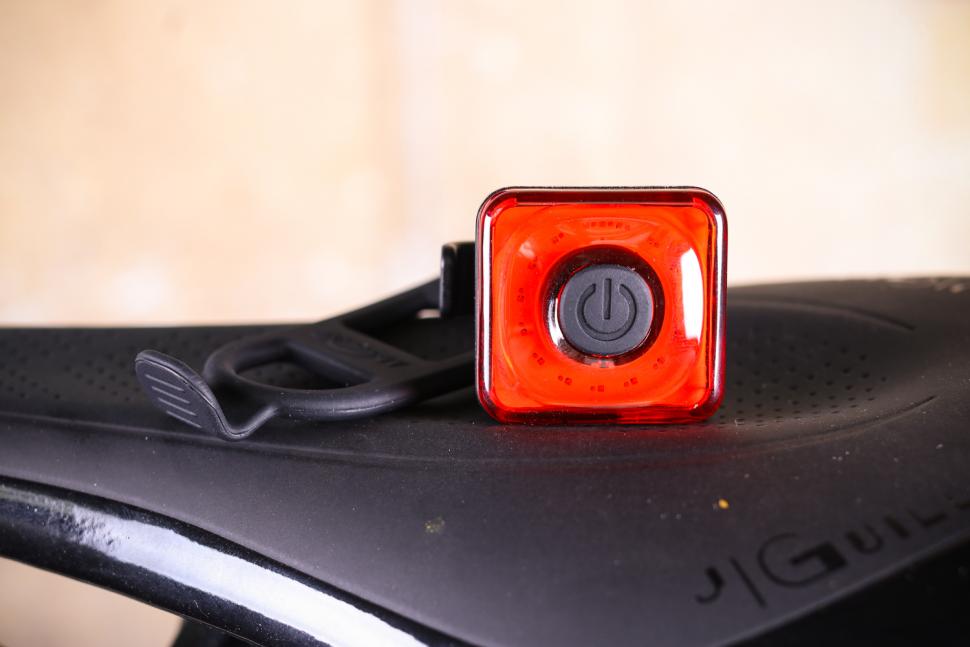

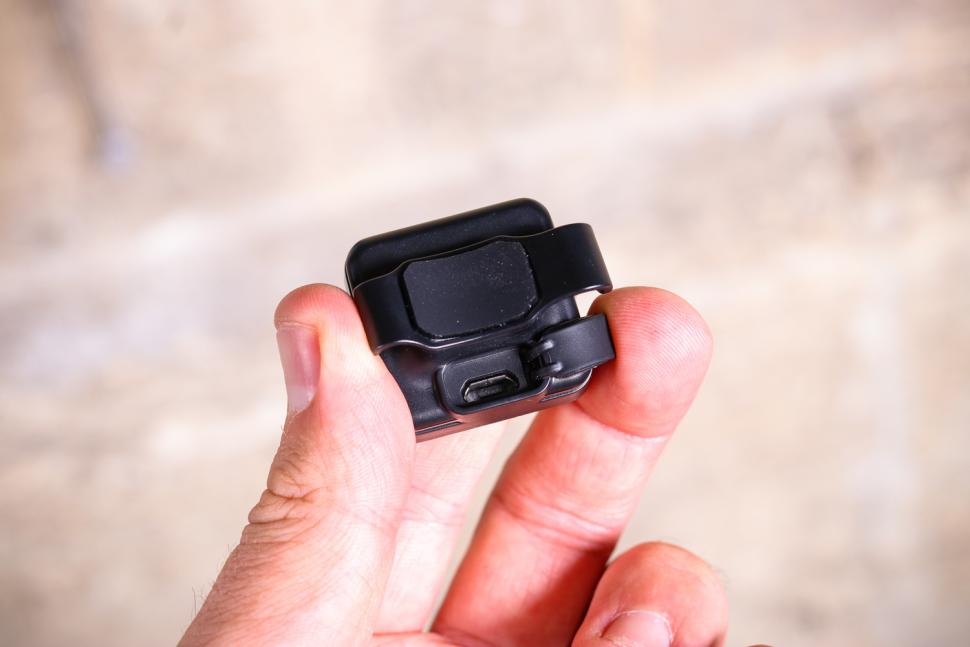
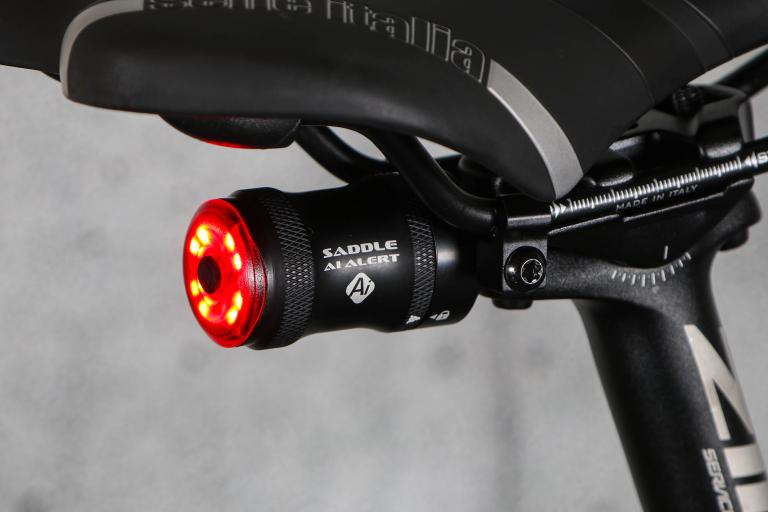
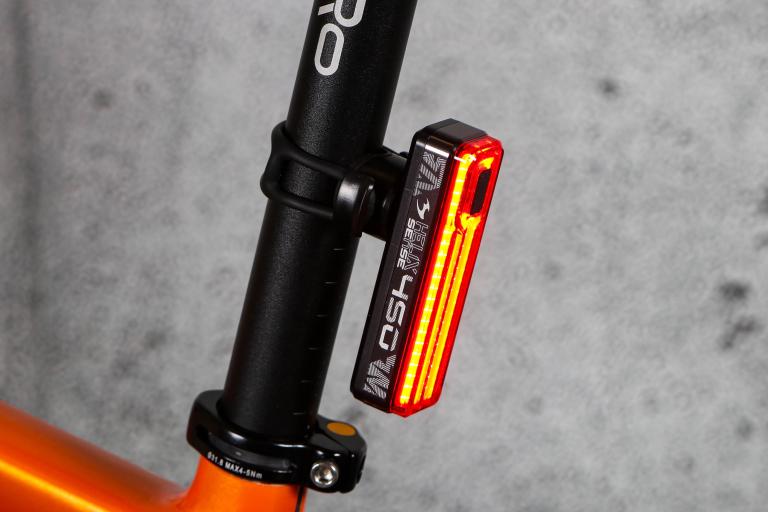
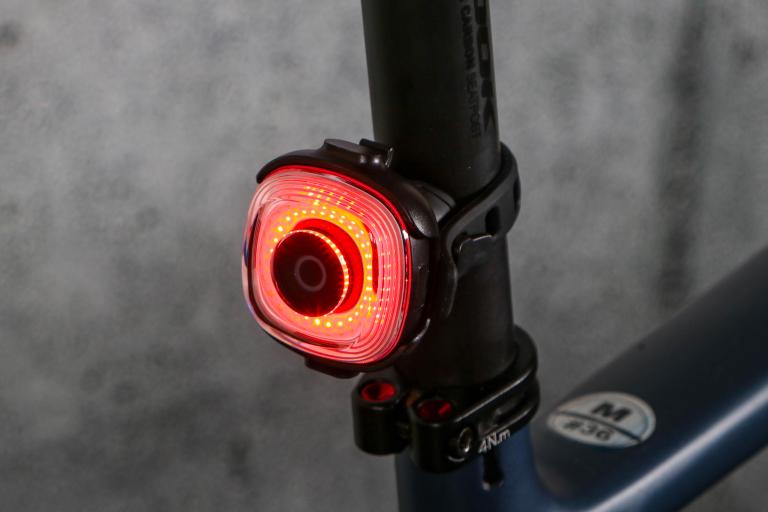
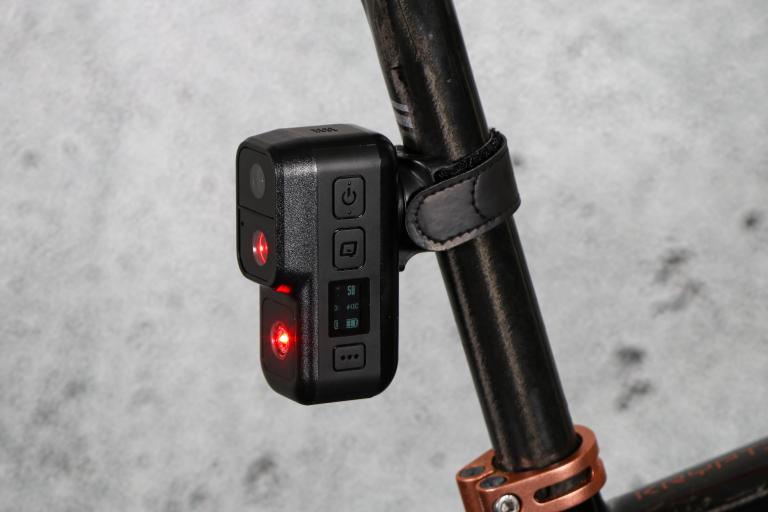
Hoorah for the "little person"! Formerly the elite did what they liked and the law followed. Now we have a wider franchise - anyone with a motor...
I suppose technically she's correct, but only so long as she's driving on privately owned land and is not on the public highway... But since she...
Minehead Town Council warns toilet block to be closed again for safety issue work...
Very typical sentence from an Irish judge. Was driving behind a car tonight and the driver was watching vids on their phone which was mounted on...
I have. Put him in hospital....
Fair point, I forgot where this started. My suggestion that untaxed cars you see are unmarked police cars was tongue in cheek; clearly they're not....
Lawyers for people who murder cyclists don't offer defences, they over flimsy excuses which courts and juries are happy to accept because everybody...
There's a growing market of super compact chain sets/cassette combos out there now. More folk are realising there's a lot of 'aspirational' gears...
I owned a Shimano DuraAce crank set FC-7950. The crankshaft snapped while I was biking about 20mph on a gravel road. I had video of my crash with...
Thanks for the reminder. Must, book a trip to the bike shop for "ANOTHER" inspection. By the time they check it every year, it would have been...